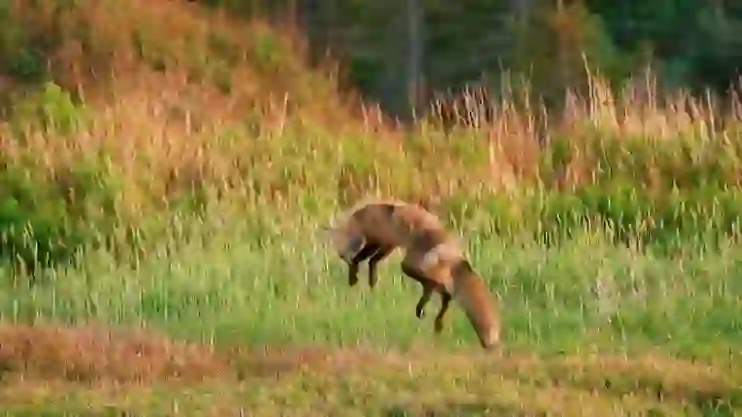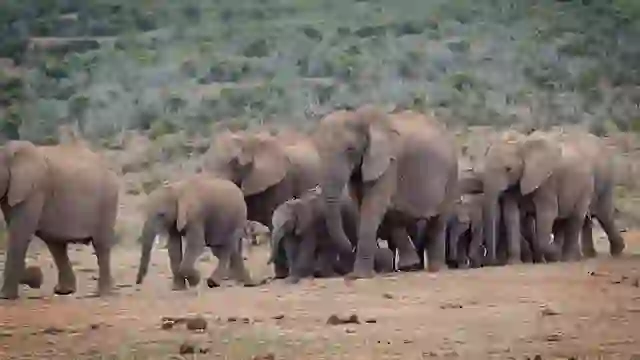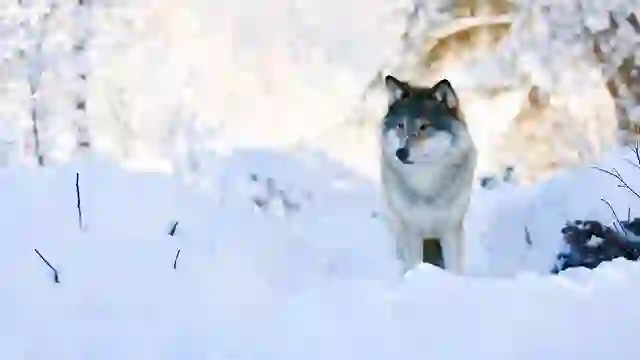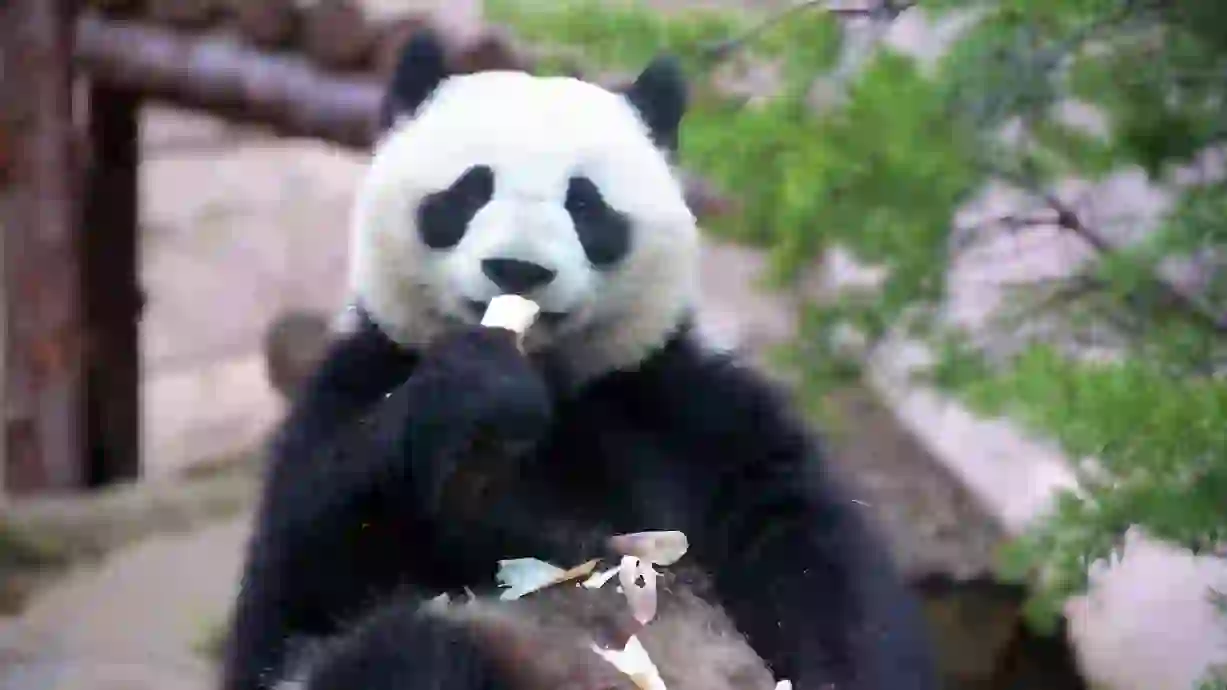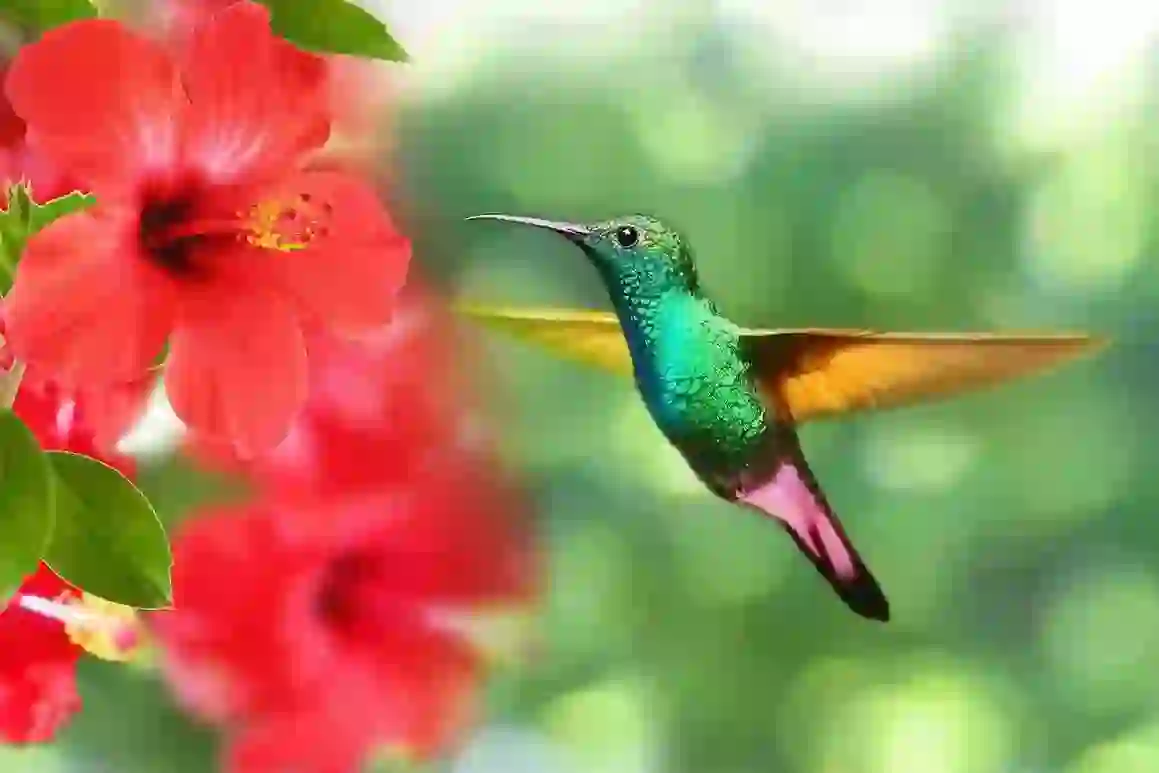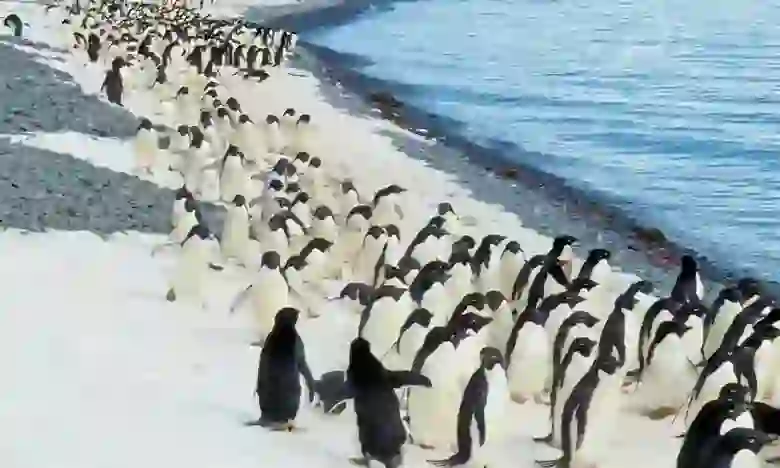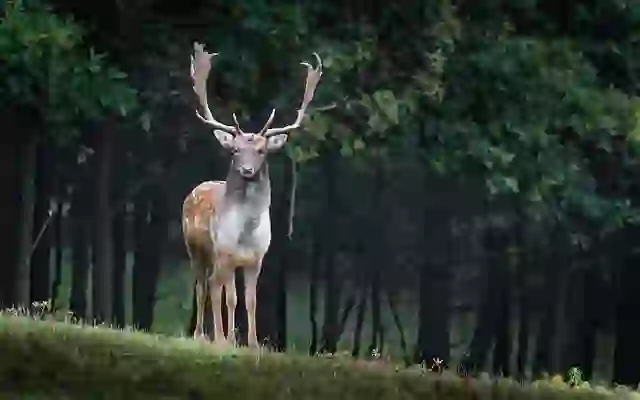
Japanese treefrog
Japanese treefrog
Japanese treefrog
The Japanese treefrog, with its beautiful green body, is a familiar sight in the rice paddies and forests of Japan. Its charming appearance has captured the hearts of many Japanese people. In this article, we'll delve into the fascinating ecology of the Japanese treefrog and examine the environmental issues they face.
Japanese treefrog Basic Infomation

| Property | Value |
|---|---|
| Scientific Name | Dryophytes japonicus |
| Taxonomic Status | accepted |
| Rank | SPECIES |
| Vernacular Names | Japanese Tree Frog, Japanese tree frog, East Asian treefrog |
| Kingdom | Animalia |
| Phylum | Chordata |
| Class | Amphibia |
| Order | Anura |
| Family | Hylidae |
| Genus | Dryophytes |
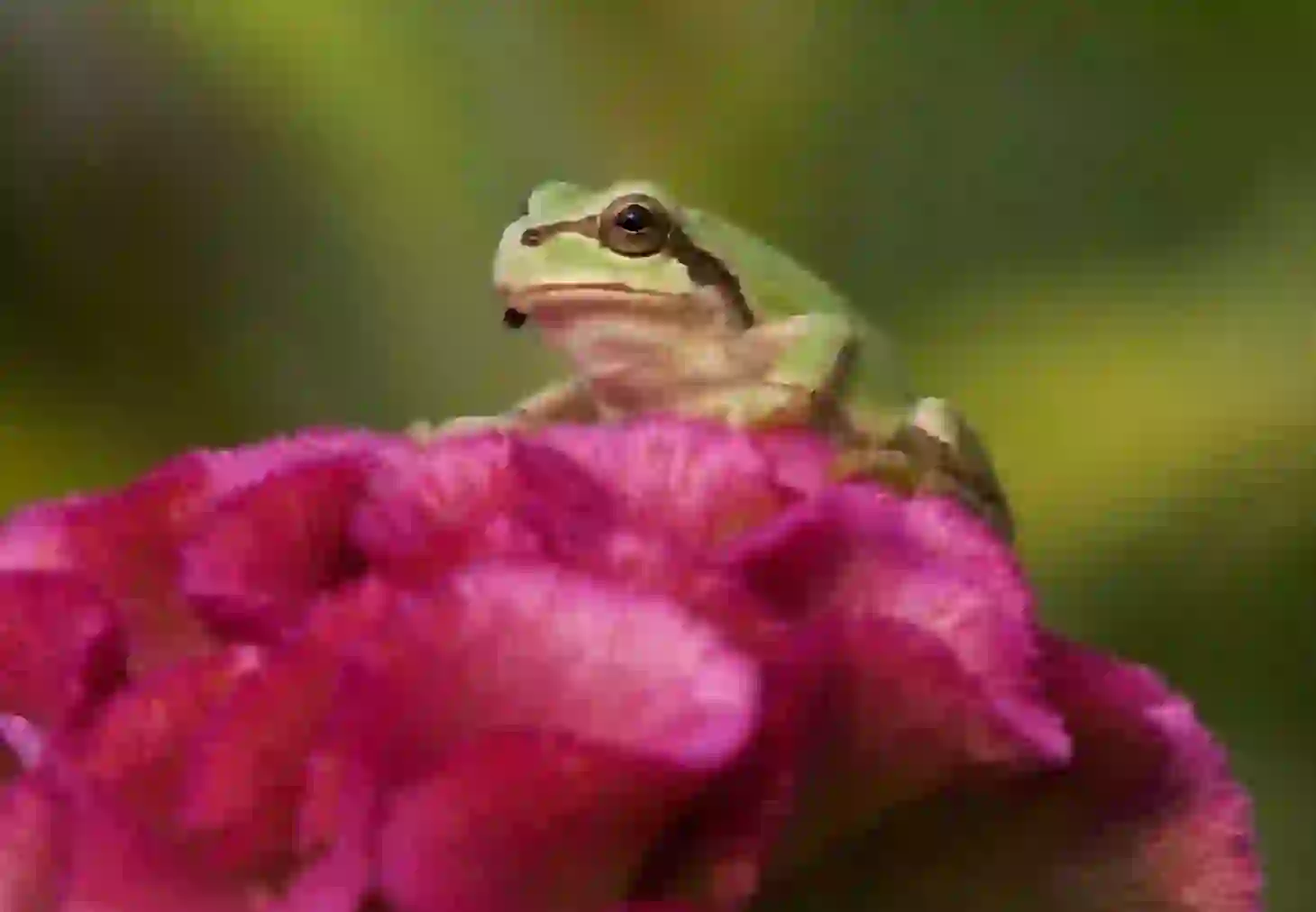
Basic Information
Size: 3~4cm
Weight: 3~7g
Coloration: Bright green on the back (can change depending on the surrounding environment, temperature, humidity, and brightness), white or cream on the belly
Morphology: Has suction cups on its fingertips, allowing it to skillfully cling to trees, leaves, and even glass windows
Habitat: Japan, Korean Peninsula, China, and eastern Russia
Diet: Insects, spiders, etc.
Reproduction: Breeds from April to July in rice paddies and ponds
Lifespan: Approximately 3-5 years
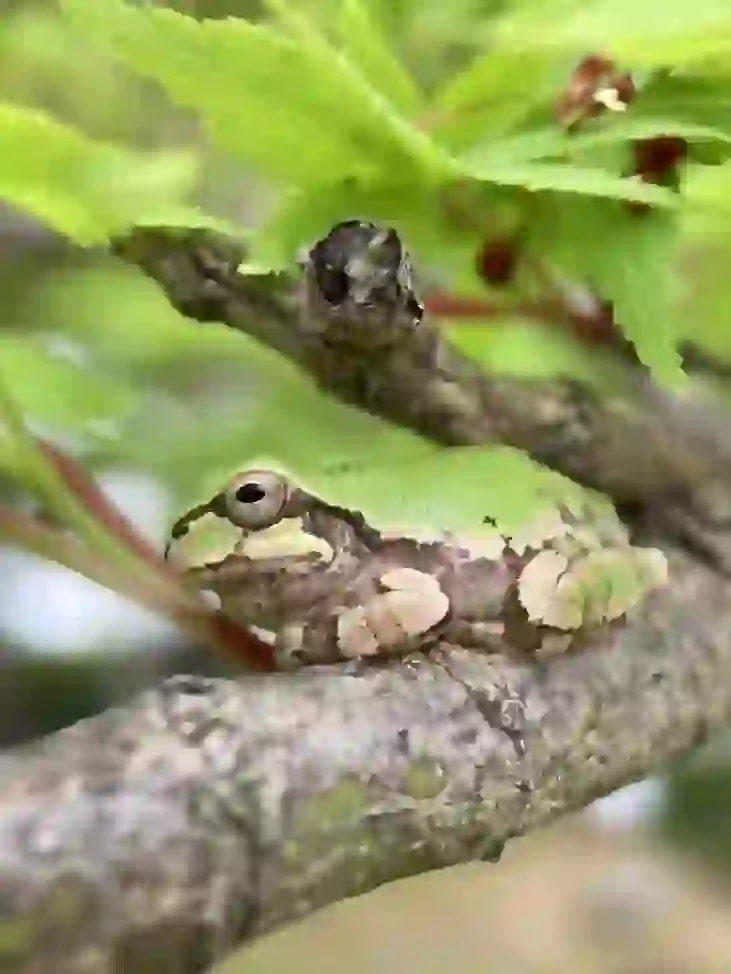
The Rice Paddy Fairy: The Japanese Treefrog
The Japanese treefrog, with its charming presence, can be found in rice paddies, forests, and even urban parks in Japan.
Its vibrant green body subtly changes color to match its surroundings, sometimes turning a grayish brown.
Hopping through rice paddies with its tiny body, it truly resembles a fairy.
However, their numbers have been declining in recent years.
What kind of life does the Japanese treefrog lead, and why are their numbers dwindling?
Japanese treefrog Q&A

Where does the Japanese treefrog live?
The Japanese treefrog prefers humid environments near water, such as rice paddies, ponds, marshes, and forests.
They favor areas with lush aquatic vegetation and live on leaves and branches.
They can also be found in urban areas, in parks and gardens with ample greenery.

What does the Japanese treefrog eat?
The Japanese treefrog is carnivorous, feeding mainly on insects and spiders.
It's an ambush predator, patiently waiting for prey to approach while remaining motionless on a leaf or branch.
When prey comes within range, it swiftly extends its long tongue to capture it.
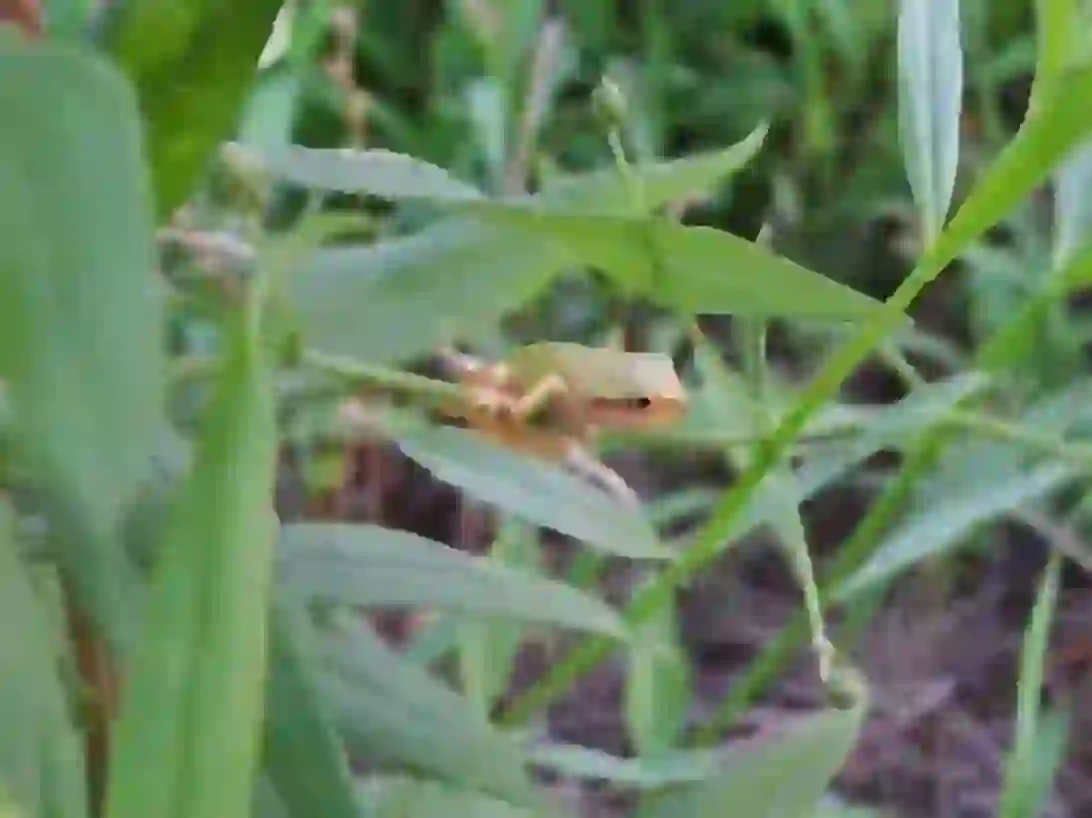
Does the Japanese treefrog's color change?
The Japanese treefrog can change its color depending on the surrounding environment and its physical condition.
In bright areas, it turns a vivid green, while in dark areas, it becomes brown.
It can also turn brown when the temperature is low or when it's feeling unwell.
This camouflage helps it blend in with its surroundings to avoid predators.
It's also believed to play a role in thermoregulation.
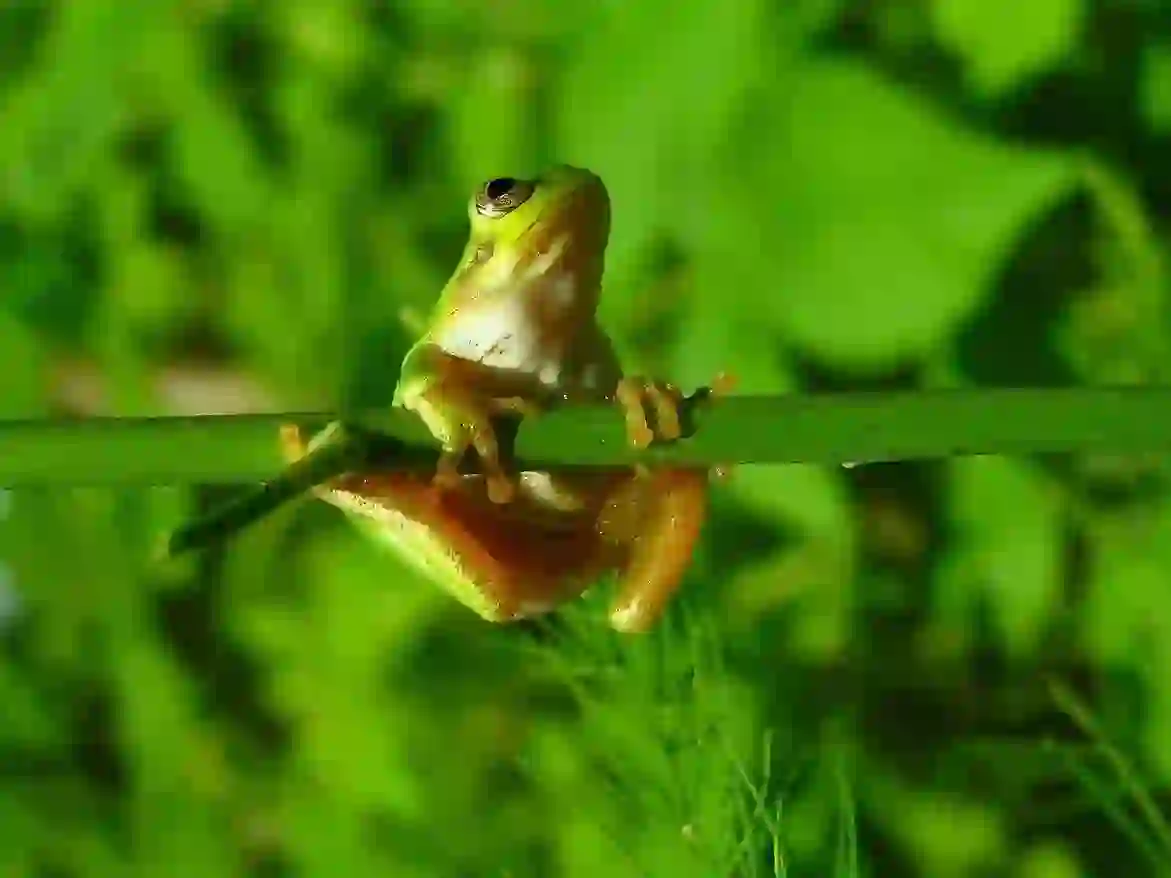
What kind of sound does the Japanese treefrog make?
Male Japanese treefrogs emit a "gek, gek, gek" or "korokoro" sound.
This call is used to attract females during the breeding season.
They are also known to croak when humidity is high, such as before rain.
.webp?alt=media)
How does the Japanese treefrog reproduce?
The breeding season for the Japanese treefrog is from April to July.
Males attract females by calling from rice paddies and ponds.
Females lay jelly-like egg masses on aquatic plants or on the water's surface.
Each egg mass contains dozens to hundreds of eggs.
The eggs hatch in about a week, and the tadpoles develop in the water.
As they grow, the tadpoles undergo metamorphosis and become adults.
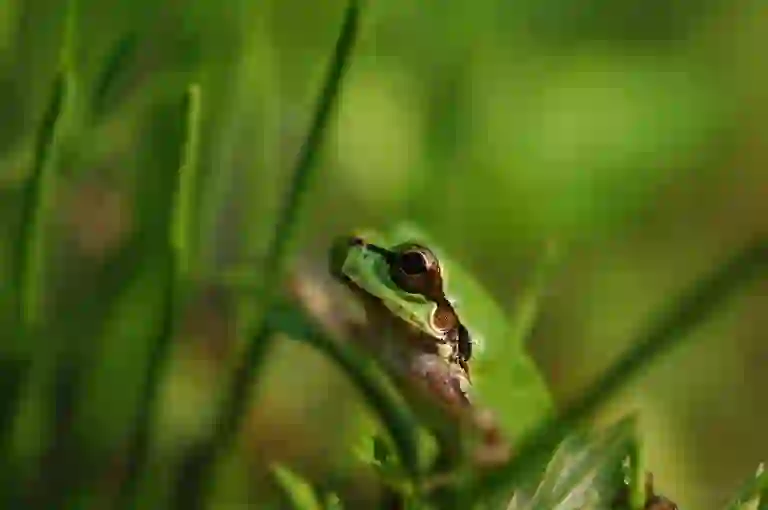
How does the Japanese treefrog spend the winter?
The Japanese treefrog hibernates during the winter.
They spend the winter in frost-free locations such as underground or at the base of trees.
In spring, they emerge from hibernation and resume their activities.

Is the Japanese treefrog declining?
The Japanese treefrog was once a common sight in Japanese rice paddies, but its numbers have been declining in recent years.
The causes are thought to be pesticide use, the decrease in rice paddies, and the impact of invasive species.
Protecting the Japanese treefrog requires safeguarding their habitat.
%2C_green.webp?alt=media)
What can we do to protect the future of the Japanese treefrog?
Protecting the future of the Japanese treefrog requires safeguarding their rice paddy and forest habitats.
We can start by learning about the Japanese treefrog and their habitat. We can then take action by supporting environmentally friendly agriculture, participating in rice paddy and forest conservation activities, and appreciating the nature around us.
Every small action we take contributes to protecting the future of the Japanese treefrog.

Would you like to become a part of the 'Animalbook.jp'?
Turn your knowledge into Q&A and share it with the world. ※Publication will be activated after purchase. Let's share information together!
Japanese treefrog Type of List

- Japanese treefrog
Information
Congratulations! You are the first commenter!

Create Your Favorite List!
Japanese treefrog
Save the animals you love! Build your own list to quickly revisit your favorites later.

Would you like to leave a comment?
※Please note: This is for the purchase of rights to post comments within the article.
Find Your Favorites!
Our shop offers a unique and attractive selection of goods themed around various animals.
Japanese treefrog References
Japanese treefrog Introduction of media used

池田正樹 (talk) masaki ikeda, CC BY-SA 3.0, via Wikimedia Commons

Norio Nomura, CC BY-SA 4.0, via Wikimedia Commons

KKPCW, CC BY-SA 4.0, via Wikimedia Commons

夢の散歩, CC BY-SA 3.0, via Wikimedia Commons
.webp?alt=media)
Greg Peterson, CC BY-SA 3.0, via Wikimedia Commons

Pierre Fidenci, CC BY-SA 2.5, via Wikimedia Commons

Pierre Fidenci, CC BY-SA 2.5, via Wikimedia Commons
%2C_green.webp?alt=media)
Warehadokuro, CC BY-SA 4.0, via Wikimedia Commons

Kropsoq, CC BY-SA 3.0, via Wikimedia Commons
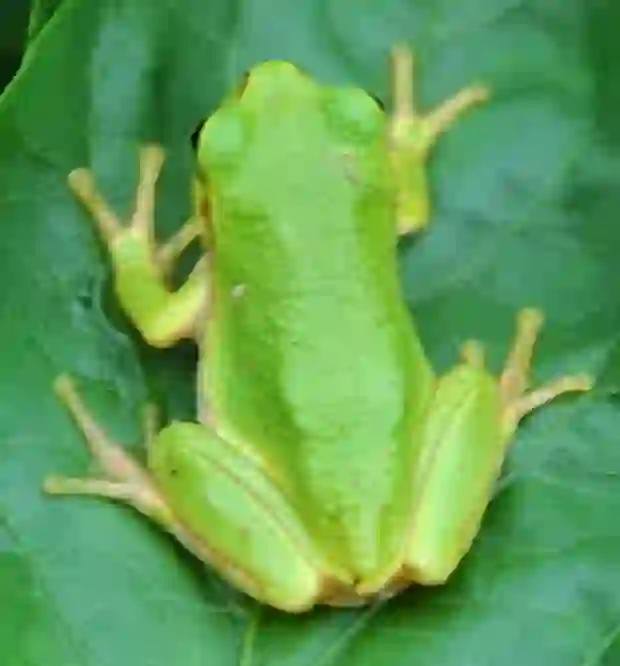
Kropsoq, CC BY-SA 3.0, via Wikimedia Commons
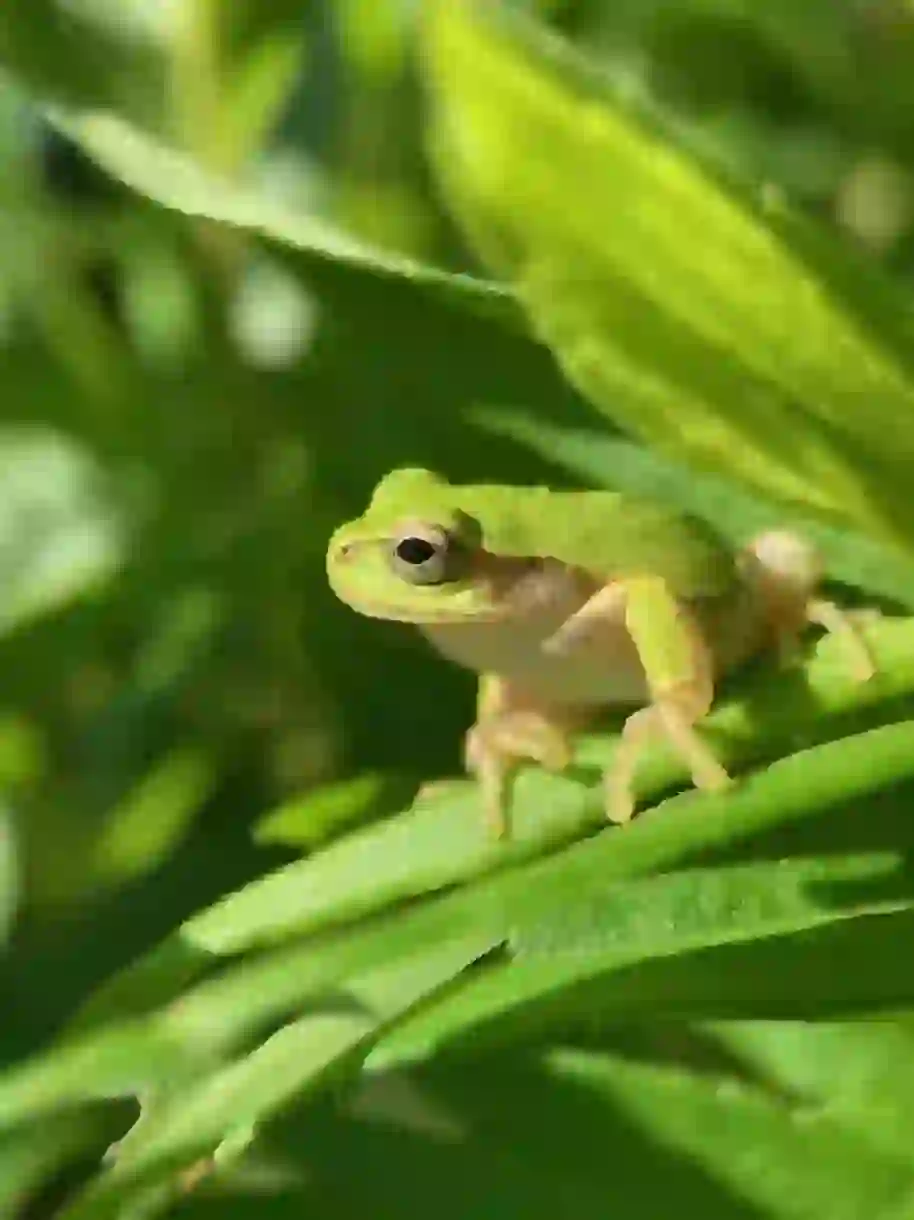
Norio Nomura, CC BY-SA 4.0, via Wikimedia Commons

Help Enrich Our Animalbook.jp with Your Media!
We are constantly looking to expand and enrich our Animalbook.jp with amazing photos and videos of animals. If you have any media that you'd like to share, please contribute and help us showcase the beauty and diversity of the animal kingdom. Your submissions will be credited and featured in our encyclopedia, reaching a wide audience of animal lovers.



